Satya, Rta, and Dharma are the underlying principles that buttress all of Hindu thought, yet they are deeply misunderstood. Nowadays we tend to speak only of Satya and Dharma, Satya is commonly understood to be truth and Dharma as righteousness or even religion. Both of these common understandings are deeply flawed and problematic but even more so when Rta is separated from it. Satya, Rta, and Dharma are complex terms and are difficult to directly translate. I will provide a general translation or better yet theoretical understanding of the terms and show how they are meant to be understood and applied. In gist, Satya is the foundation, Rta is the governing principles of Satya and Dharma is the understanding and application of Rta. Through Dharma, Satya is supported.
Satya can be directly translated as Truth but it is not simply truth as in “speak the truth” but rather it is understood as truth, existence, reality, intentionality, a framework of understanding and being. Satya is a term first found in the Rg Veda and is used in all these ways in that corpus. So let us start at the beginning:
Rtam cha Satyam cha abhiddhaat tapaso adhyajata
Tato Rathryajata Tathah Samudro Arnvah
Samudraad Arnavaadadhi Samvatsaro Ajaayata
Aho Ratraani Vidadhad Vishvasya Mishato Vashi
Suryaa Chandramasau Dhataa Yatha Purvam Akalpayat
Divam Cha Prithivim Cha Antarishamtho Savah
(Rg Veda Mandala 10 Hymn 190)
From Tapas (Divine Fiery Passion/Austerity) arises Satya and Rta
From them arises the Night and from that the endless oscillating Ocean
From that endless oscillating Ocean arises Time
That time which differentiates day and night and controls all that blinks (every moment)
Then as before The Creator constructs the sun and the moon
The Heavens and the Earth and the Light that all that is in between
Here we see that for the Vedic Rishi or seer, who for this hymn is attributed to Madhuchhandas Vishwamitra, that from Divine Austerity comes forth first Satya then Rta. Satya gives bare existence to the unmanifest reality and from there arises the principles of existence or Rta. Satya is the foundation of reality and Rta the principles that govern that reality. It is only after being and bare existence arise that the principles that govern it come about then the entire universe from Time onwards begin to manifest.
Satya is the foundational truth to which all things adhere, it is existence. Satya is formed in Sanskrit from the root “as” which means to be, it becomes Sat which means that which is being and then becomes Satya that which is worth being/doing. The entire thing is explained in the phrase Sate Hitam Satyam, or Satya is that which is for the purpose of Sat, which is why Satya is understood and used interchangeably with Sat. Satya also means truth in the same way, Truth is that which is for the purpose of Sat. Truth is a representation of that which is, hence speaking the truth (satyam vadaa) is a way to relay the experience of “that which is” in linguistic terms. When one speaks the truth they are aligning themselves with actual existence or being.
In later texts such as the Upanishads and the Puranas/Itihasa, Satya is equated to Brahman or the One or All. In the mahavakya or great saying “Satyam Jnanam Anandam Brahma”, Brahman is said to be Satya, Jnana (knowledge or consciousness) and Ananda (Bliss). Satya isn’t homogeneous either, it is said of Brahman that it is the “Satyasya Satyam” The truth or reality of all truths and realities. While Satya is one, it is varied in its expression. In other words, there are many truths but one truth or Satya that undergirds it all. The entire Vedic corpus is in expression or search of that Satya. The Devas are aligned with Satya and it is that alignment with Satya that gives them their power and authority. Falling away from Satya into Asatya or Untruth removes that authority and power.
While Satya is the Truth or Reality that is existence Rta is the expression or order that operates within the realm of Satya. Rta is the universal and cosmic principles that hold together the various Satya that exist within the ultimate Satya. Although Rta arises after Satya, from our limited temporal conceptual understanding, it is inextricably bound up within Satya. Rta is derived from “r-“ which means which goes forth in a natural manner, Rta is, therefore, that which goes forth in a natural or orderly manner. It is the natural laws, principles, and ideals that govern reality or existence. It is one of the deepest and most powerful concepts developed or understood by the Vedic seers, if not all of humanity.
It is Rta that causes the sun (our solar system) to revolve the Milky Way, the earth to revolve around the sun, the seasons to cycle through year after year and so on. Rta is the bond between the 5 great states: Agni (Energy), Vayu (Wind/Gas), Apah (Water/Liquid), Prithvi (Earth/Solid) and Akasha (Space). The interaction of these states is the world we experience and can observe, their relationships with each other is Rta. Rta can be considered in modern times the Laws of Nature like Gravity, Thermodynamics and so on. Even deeper it is the principle that underlies all the laws.
Rta is so powerful and ultimate it is even the principle that governs the Devas, it is through following Rta that the Devas are aligned with Satya. Violating Rta breaks the connection with Satya. Not only is Rta the natural and cosmic laws of existence, it is also the moral law that governs existence. This moral law is abstract, the language of moral being that is “written” into reality. Rta isn’t relative, it is a normative and objective order of reality and morality. Rta controls the Devas and the Devas uphold and serve Rta. The Devas are both the personification of Natural World and are also Beings of Light who are linked to Nature. For example, Agni is both heat or energy that is found in the fire, lightning and the sun but also a Being of Light, a God (so to speak) of Fire/Heat.
Rta is the moral/ethical harmony between Nature, Devas and human beings. Rta is the relationship between the world of humans, the world of Devas and Nature itself. Humans engage in activity and yagna to honor and feed the Devas, the Devas uphold and ensure the proper functioning of Nature and Nature provides for humans through rain, plants, light, fire, arable land, food and the cycle of Nature. It is a symbiotic relationship between these three spheres, its proper functioning is Rta. Humans must engage in yagna or sacrifice, in order to feed the Devas who are nourished by the prayers of the mind and chanting and the oblations that are offered into the yagna, the physical food. The mantras imbue the Devas with righteous resolve to uphold Rta and the physical offerings burnt in the yagna offer the Devas with “physical” nourishment. The yagna is the way humans interact with and honor the Devas and the cycle of Nature.
Harmony, Unity, Friendship, Sharing, Equanimity, Adherence to Truth (in mind, action and speech), Peace and other such virtues form the moral/ethical framework of Rta. These are objective ethical principles, which can be found through reasoning, observing nature or through the Vedas. These ethical principles are adhered to by the Devas and they oversee human beings to ensure we observe them. The primary Devas linked to the governance of Rta are Varuna and Mitra, it is they who oversee the ethical world of human beings.
Where Rta is the principles of Cosmic Order or Ethical Order, it is Dharma that is the application and understanding of Rta in the universe. Dharma comes from the root “dhr” which means “upholds, supporting” and Dharma means that which upholds or supports. Dharma is what upholds both Rta and Satya in the world of existence. Where Satya is the foundation, Rta the abstract and objective principles, Dharma is Rta in actual action and understanding of the world. Dharma is purpose, laws, morality, righteousness, the nature of a thing and so on. Whereas Rta is immutable and clear, Dharma is mutable and can be difficult to grasp. Where Rta might be the ethical precept that one must adhere to truth, Dharma is how must one adhere to truth and what if adhering to truth conflicts with another ethical precept such as peace.
Dharma is one of the most difficult ideas to understand and discover as it involves many issues: morality, ethics, law, traditions, customs, and practicality. It is akin to saying that killing is immoral but is it always immoral? Is it wrong to kill in self-defense or out of necessity or in war or a myriad number of situations that confront our lives? The answers are not always black and white and are not easy to determine. It is difficult and requires nuance.
Bhishma in the Mahabharata responds to Draupadi’s query about Dharma after Dushashana tries to strip her in open court in this manner “I have already stated that Dharma is subtle, Oh Blessed One. Even the renowned wise of this world fail to always understand it. What in this world the strong man calls Dharma it is assumed by the world to be so even though it is not. Whatever a weak man calls Dharma it is not considered by the world even though it is the highest Dharma.” And he goes on to say “Dharma is subtle it is hidden in the darkest cave”. Bhishma failed to provide an answer and also failed to follow Dharma and as such, he also says that the days of his clan’s power are waning and Dharma will destroy them.
Dharma isn’t a commandment or imperative it is a guiding force that is subject to desha (location), kala (time) and tithi (situation). What appears to be Dharma in one situation is actually Adharma (not-Dharma) and what appears to be Adharma can actually be Dharma. An example is when telling the truth could lead to greater harm. Krishna gives Arjuna an example of when a sage once encountered a family trying to escape robbers, the family asks the sage to not tell the robbers where they were going but the sage chose to adhere to the Dharma of telling the truth and told the robbers, who killed the family. Krishna tells Arjuna that while it is Dharma, to tell the truth, one must put saving lives over telling the truth, choosing one’s personal Dharma over others is Adharma. This story is told to Arjuna in the Karna Parva of the Mahabharata (“The Book of Karna”) as a way to convince Yudhisthra to lie in order to defeat Drona, an invincible warrior, and teacher. Yudhisthra has to take on the Adharma of telling a lie in order to effectuate Dharma, to defeat the lying and cheating Kauravas, his cousins and enemies. In this episode, Yudhisthra still has to accept his own actions, doing the greater good doesn’t absolve one of wrong thing one did to achieve that good.
Bhishma in the 12th book of the Mahabharata, called the Shanti Parva (“The Book of Peace”) tells Yudhisthra, the eldest Pandava and the now the King of the lands, this: “I do not instruct you in the ways of Dharma from the Vedas alone. What I have told you is from wisdom and experience. This is the sweet honey that the wise have gathered. Kings should gather Dharma from a variety of sources. A person cannot guide their way through the world from one-sided or one source of Dharma alone. Dharma arises from understanding and the good actions/behaviors of learned men must be understood.”
I hope that I have briefly laid out why the relationship between Satya, Rta, and Dharma is so vitally important to Hindu thought if not all thought. The beauty of these three concepts is found in that it connects all things in the universe/reality together. Our actions have consequences to the greater whole and each action affirms or breaks down the relationships. The world of the Hindu thinkers wasn’t a purely physical or spiritual one but a deeply moral/ethical one. It is one that is expressed independently of God and one whose foundation is found in the workings of the world around and inside us. Dharma should be followed because it leads to a harmonious existence or Rta, this Rta enables the natural order to continue without break. This mentality can be applied in every area of life such as personal morality, ethics of communities/states, environmental policy, relationships with other people and most importantly a framework in which we all can find a responsibility to ourselves, other beings and the universe at large.
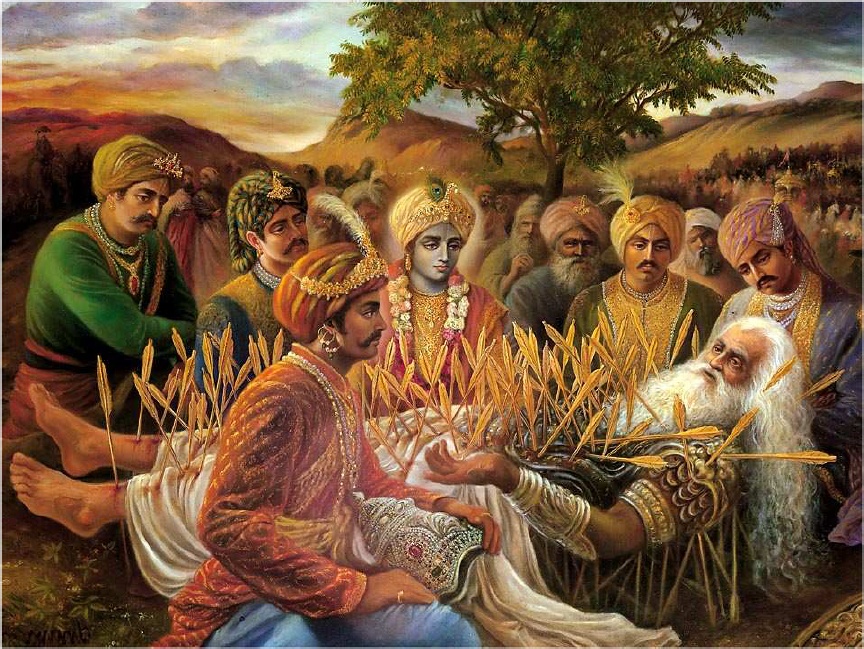
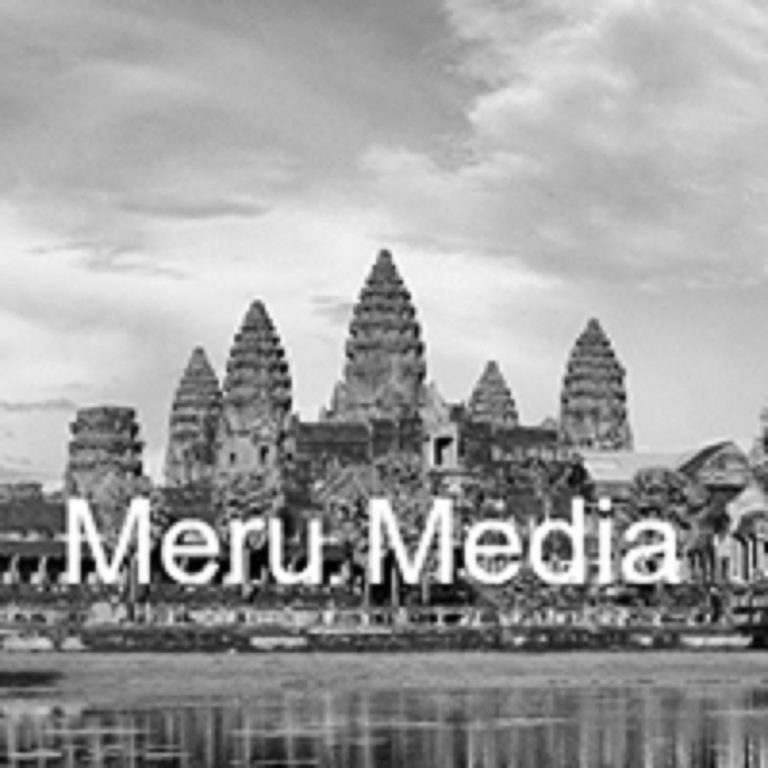


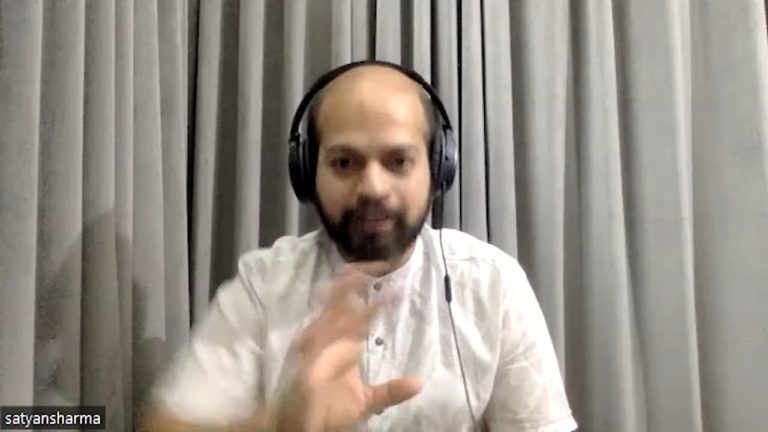


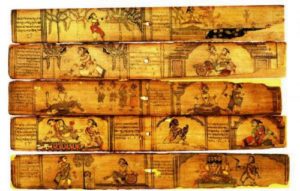


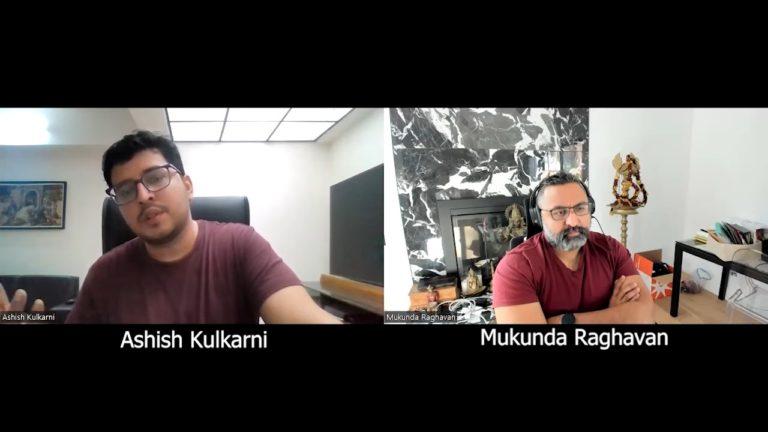
+ There are no comments
Add yours